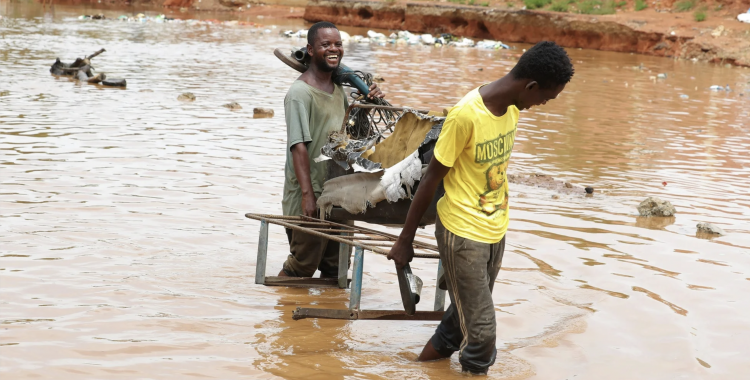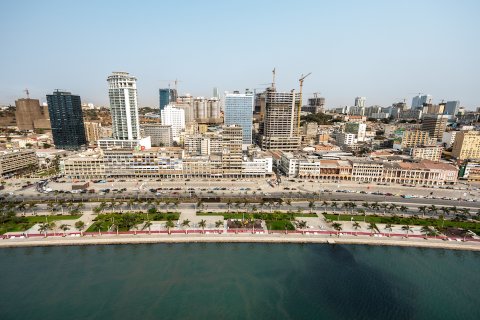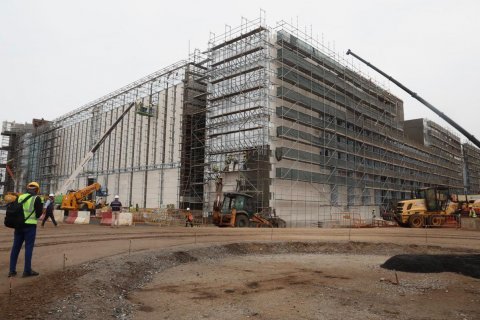The diagnostic study, on Financial Protection Against Disaster in Angola, prepared by the World Bank and the Angolan Government, as part of the Report on the Country's Climate and Development, was presented this Wednesday in Luanda.
The research states that droughts and floods are the main dangers in Angola, with the first phenomenon being considered "the most severe danger", which caused losses and damages of around 1.2 billion dollars, between 2005 and 2017, directly affecting 1.9 million people per year (7.5 percent of the population).
Floods, despite affecting fewer people (25,000 people per year), are more frequent, following the list of dangers with ravines and forest fires.
In the period in question, ten drought events were recorded, which affected 9.6 million people and caused 58 deaths, followed by floods with 100 cases, which affected 1.2 million people and killed 835 others.
Regarding landslides, five events are recorded, which affected nearly 24 thousand people and 288 deaths, while five unspecified epidemic events affected 143,799 people and caused the death of 5316 others.
Earthquakes, with two cases, were the only event without deaths in the period under analysis, with one case of forest fire, which caused four deaths.
These data, the study admits, may fall short of reality, since available data is scarce, because data collection and management infrastructures are limited.
The diagnosis aims to help the Government of Angola to better understand the fiscal impact of disasters and crises, as well as to plan and implement options to strengthen the financial resilience of the Government, rural families and micro, small and medium-sized companies.
According to the analysis, the country is also exposed to parallel crises, for example, oil price shocks, noting that since 2015 public spending on post-disaster interventions has decreased significantly compared to previous years, despite the similar amount of events and people affected.
"The fiscal space to finance the response is increasingly limited and the transfer of risks to the private sector is still minimal", says the study, which also considers "insurance and capital markets to be incipient".
The incidence rates of poverty and food insecurity are high in rural and urban areas and have worsened due to various shocks, indicating that 9.5 million people (32 percent) live below the national poverty line, of which around two-thirds in rural areas and one-third in urban areas.
There are also 5.8 million people at risk of poverty.
"More than half of households reported having faced food insufficiency in the last 12 months (IDREA 2018/19)", the study reads, indicating that in rural areas it was due to drought and in urban areas because of price increases.
Meanwhile, the Kwenda program, "one of the main poverty reduction mechanisms in the country", when its expansion is completed, is expected to benefit 9.5 million people in poverty.
Since January this year, Kwenda has been in municipalities across the country's 18 provinces, with 1.5 million registered households, the majority in the poorest regions, and has already started paying 950,000 families.







